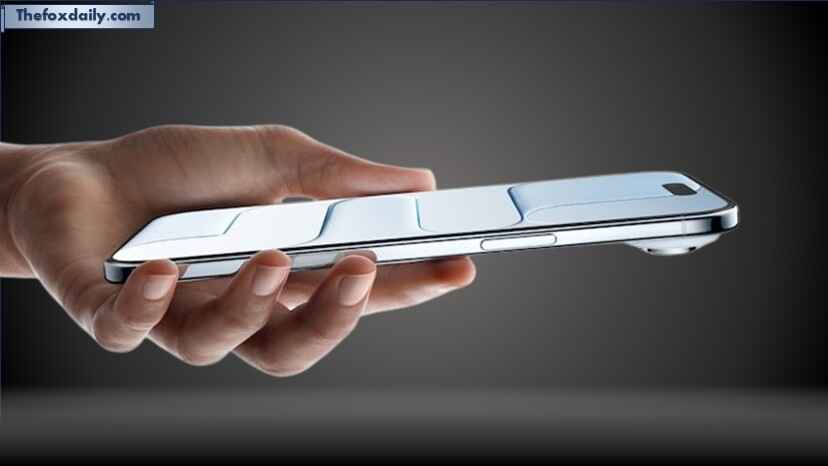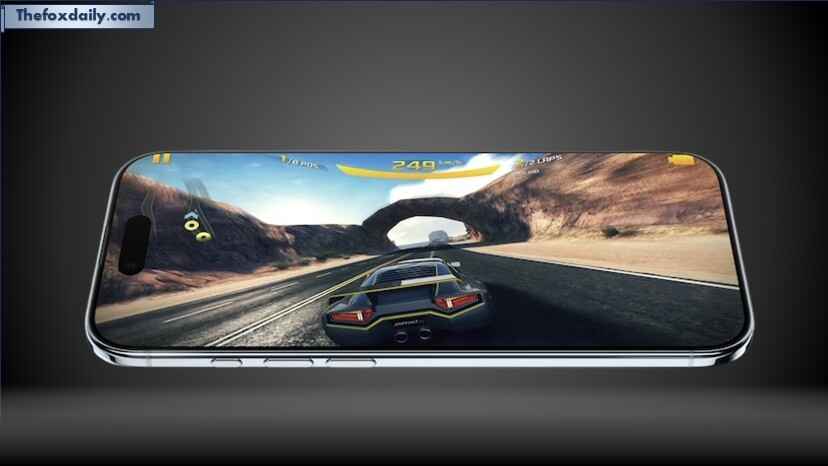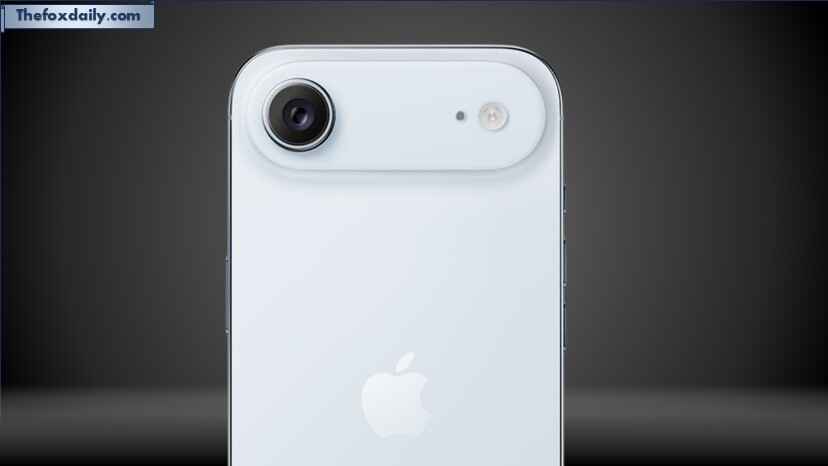
One iPhone that will be the subject of much discussion in the days ahead is the iPhone Air. The thinnest iPhone Apple has ever produced, the Air was released on the evening of September 9 together with the iPhone 17 and iPhone 17 Pro. It is breathtakingly beautiful. However, the discussion surrounding it will be sparked by more than just appearances. Despite its beauty, the iPhone Air is certain to cause some controversy. Because a design advancement results in a corresponding reversal in functionality and feature set. As they say, there is no free lunch. And the iPhone Air is a perfect example of that.
However, the argument over whether the iPhone Air is a worthwhile purchase, as well as its advantages and disadvantages, is still to come. We’ll examine it more closely after the phone is out. Let’s examine what it offers and what it doesn’t for the time being, though. We have the feeling that we will cheer it on when we see it on the market, which is happening in India on September 19. But the mind, always cautious and conscious of the value angle, would probably say Nay.
First, the iPhone Air’s stunning design
The iPhone Air is primarily about its beautiful design. Because of its light weight, it is designed to please both our hands and our eyes.
The only iPhone this time is the iPhone Air, which is made of titanium. Aluminum is now used in the other iPhones. As previously said, its metal body measures 5.6 mm, making it the thinnest iPhone Apple has ever produced. It weighs 165 grams, making it one of the lightest.
In other words, the iPhone Air will be your best option this year if you’re looking for a tiny and light iPhone.
The iPhone Air and the iPhone 17 Pro are very close in terms of specifications. This indicates that it is powered by the same A19 Pro processor, but because of its slimmer design and thus less efficient cooling system than the Pro phone, it might not have as long-lasting performance.

On the front, the iPhone Air has a 6.5-inch display, with brightness and resolution specs that again puts it in the Pro league. Its display supports 2736×1260 pixels resolution, 120Hz refresh rate and it has the same brightness specs as what we get in the 17 Pro phones.
Rest of the core hardware too is the same. That means the iPhone Air too comes with IP68 rating, Ceramic Shield 2 layers for added protection, an 18-megapixel front camera, MagSafe wireless charging, Action Button and so on and so forth.
There are significant variances between the camera and battery.
However, Apple has made some compromises with the iPhone Air’s gorgeous design in two important areas. The rear-camera system is one of them. The iPhone Air has a single back camera, in contrast to the two or three cameras used in other iPhone 17 series handsets. Despite having a very large sensor and all the bells and whistles that come with it, this one camera is identical to the main camera in the 17 Pro phones. Despite the iPhone Air’s single rear camera, Apple is maintaining a bold front. And it is accomplishing this by providing specific camera features through an ingenious combination of hardware and software. For example, the iPhone Air main camera is also The rear-camera system is one of them. The iPhone Air has a single back camera, in contrast to the two or three cameras used in other iPhone 17 series handsets. Despite having a very large sensor and all the bells and whistles that come with it, this one camera is identical to the main camera in the 17 Pro phones. Despite the iPhone Air’s single rear camera, Apple is maintaining a bold front. And it is accomplishing this by providing specific camera features through an ingenious combination of hardware and software.
Next big difference is the battery. Given the svelte figure of the iPhone Air, it has an obviously smaller battery. How small? This is something we will come to know when the phones start hitting the market and they go through tear-down over there at iFixit because Apple doesn’t reveal the battery capacity like Android phone makers do.
Rather, Apple outlines what consumers can anticipate. The iPhone Air is rated to provide up to 27 hours of video playback on a single charge. In actuality, this is just a little bit less than the 31 hours that the iPhone 17 Pro promises to give. However, it is substantially lower than the iPhone 17 Pro Max, which can offer 37 hours due to its large and heavy body.

Value and beauty in the eyes of the observer
The iPhone Air is expected to start at Rs 1,19,900 when it launches in India. This is a pretty fantastic offer because it costs Rs 15,000 less than the iPhone 17 Pro. That is, if you don’t mind having only one primary camera and a marginally shorter battery life.
Actually, for people who don’t use their phone to click a gazillion photos, the iPhone Air may end up making a lot of sense. The key question here is going to be what do you value more — size, weight and sleek looks? Or the camera functionality? A lot of people will say that they want the absolutely best possible cameras in their phones. And for them the iPhone Air may not be a good fit. But we also feel that a lot of people just want a solid phone that doesn’t feel like a brick when carried in hands or kept in a pocket. And to them the iPhone Air may turn out to be extremely appealing and more so because this year it is The key question here is going to be what do you value more — size, weight and sleek looks? Or the camera functionality?
For breaking news and live news updates, like us on Facebook or follow us on Twitter and Instagram. Read more on Latest Technology on thefoxdaily.com.


COMMENTS 0